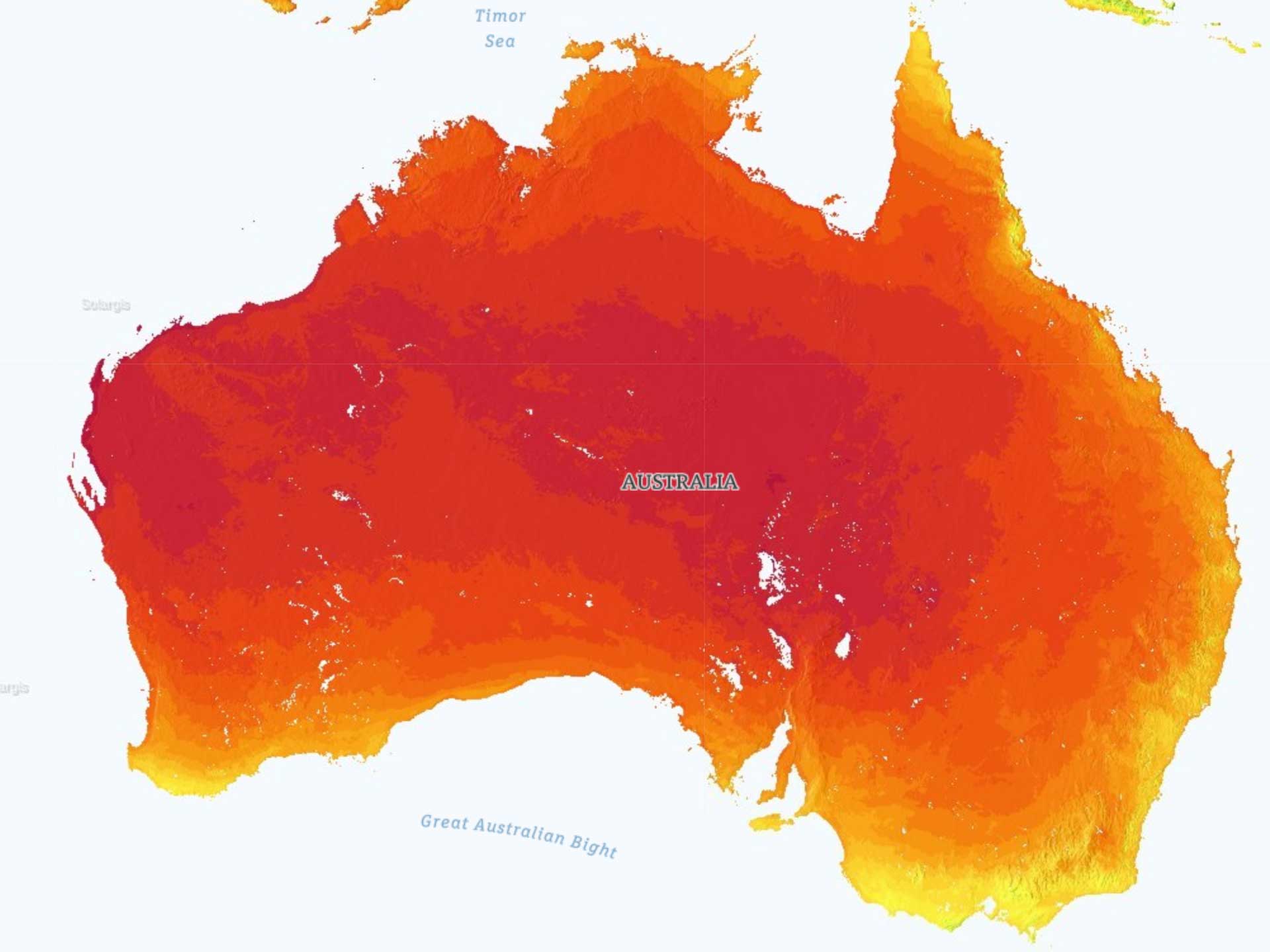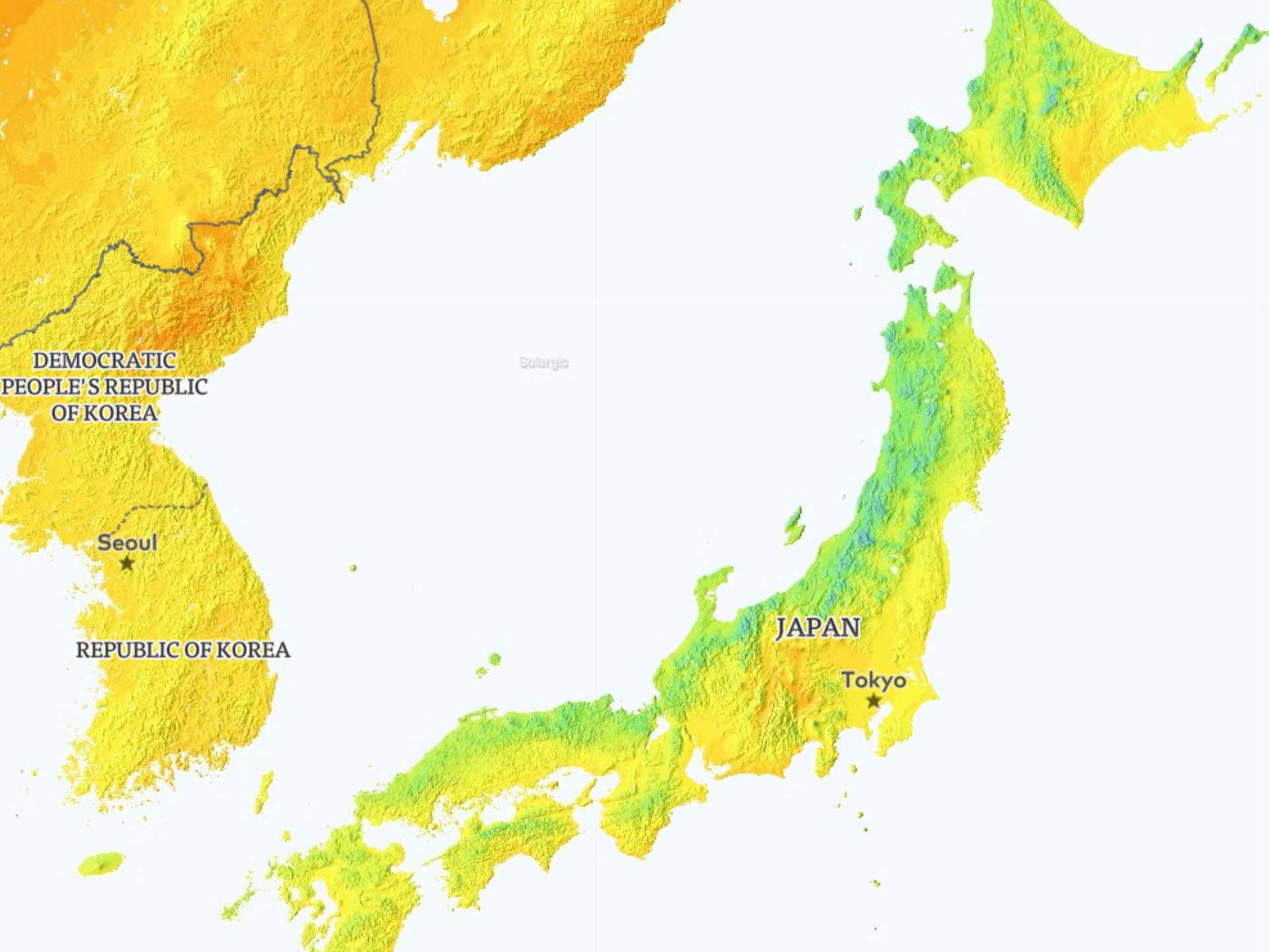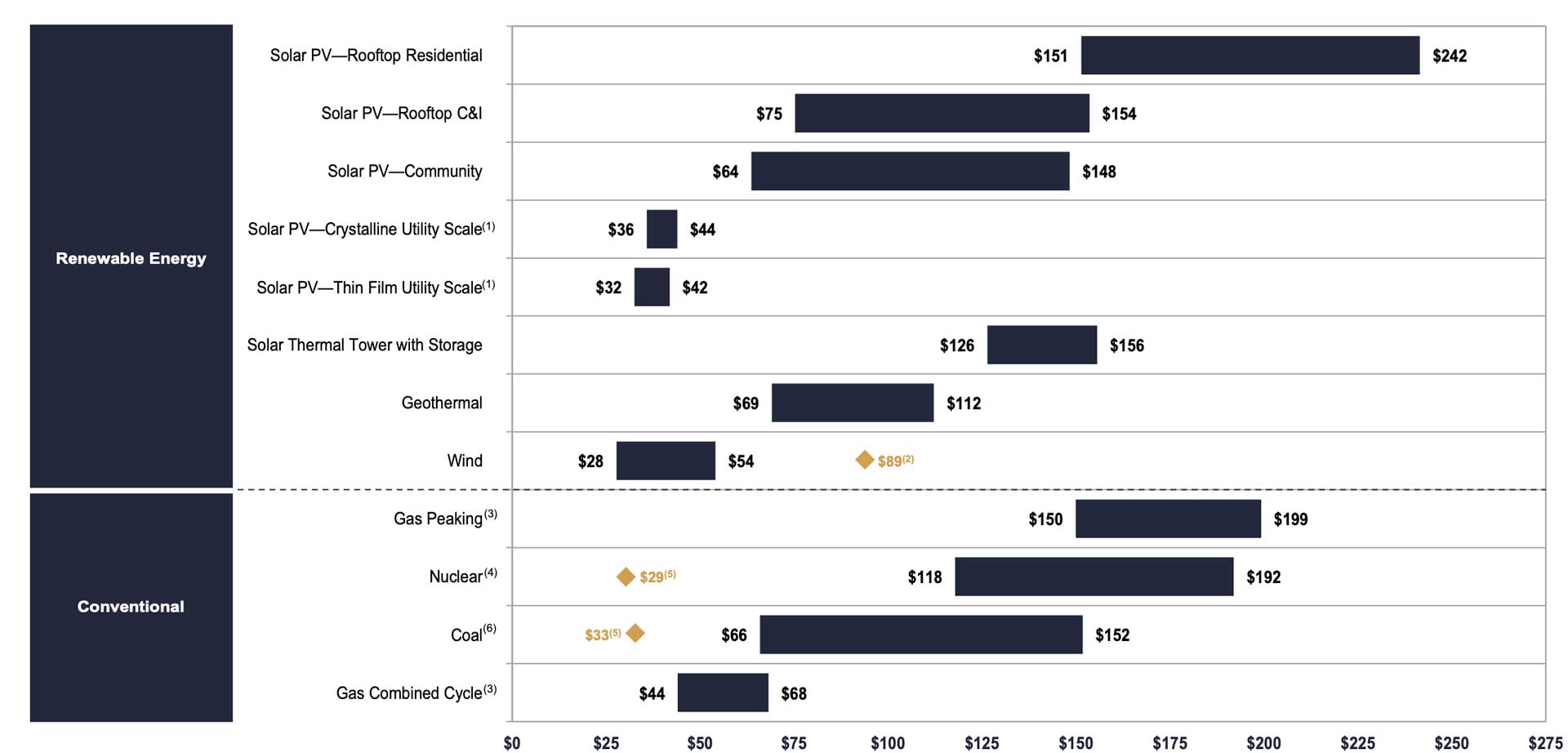Investor News
Why Japan is building 22 new coal-fired power stations
A recent article by Hiroko Tabuchi for the New York Times ($) highlights Japan's plan to build 22 new coal-fired power stations across 17 sites over the next five years, adding up to 20GW of capacity to its grid.
This is in addition to Japan's existing coal-powered fleet of around 46GW and almost as much as Australia's entire fleet of around 23.1GW of coal-fired electricity generation capacity.
Of course, the new power stations will use state-of-the-art, high-efficiency, low-emission (HELE) technology.
Tabuchi laments the impending increase in coal-fired power due to concerns over global warming but fails to ask the burning question, 'Why turn to coal?'
The failure to scratch below the surface and ask this obvious question is a common problem across the media. Why? Asking this question means we need to talk about the problem of intermittent wind and solar energy.
In a 2019 report by JEPIC, the issue is clearly stated:
"... solar and wind power generation also present numerous challenges, including the instability of power generation due to variable natural conditions and the impact of their operations on the supply and demand balance."
In the call for rapid decarbonisation, many people lack the technical understanding - the physics, chemistry and economics of energy production - to realise that there is a significant technical and economic gap between our current energy paradigm and the zero-CO2 future to which so many aspire.
This gap is real, as is the complexity.
However, we can cut through the complexity with concepts such as the 'energy trilemma', which can help the non-technical among us build an appreciation for the challenge faced by Japan and the rest of the world in lowering CO2 intensity.
What is the energy trilemma?
The physics, chemistry, and economics of energy production mean each type of generation method has a particular cost, reliability, and emissions profile.
Each electricity-generating method has its trade-offs.
Dispatchable power generation, such as coal and natural gas, are reliable but emit various amounts of CO2.
Variable power generation, such as wind and solar, emits no CO2 but is unreliable and fails to provide grid stability.
Wind can be affordable when available, but it isn't reliable.
Making wind and solar reliable entails significant additional costs such as backup generation, storage, and additional network costs.
You get where this is going.
To put it bluntly; affordable, reliable, low emissions. Pick any two.
By missing the opportunity to ask, 'Why coal?' Tabuchi also misses the opportunity to highlight the 'energy trilemma' and explain the underlying factors influencing Japan's energy mix.
So, before we dive further into the role of energy trilemma and coal in this model, it's handy to understand how Japan got to its current energy predicament.
Old Nuclear Plants Rapidly Retired
The move towards the current rollout of new coal-fired power stations follows the 2011 'Great East Japan Earthquake' and the ensuing tsunami that caused the disaster at the Fukushima Daiichi Nuclear Power Plant.
Public outcry led to the precautionary shutdown and inspection of Japan's nuclear power stations, resulting in nuclear power generation falling to near zero by 2014.
No nuclear power plants have been added to the grid since 2010.
The decommissioning of six reactors at the Fukushima Daiichi Nuclear Power Plant (Units 1 to 4 in April 2012 and Units 5 and 6 in January 2014) and nine old reactors at other plants between 2015 and 2018 has reduced the number of installed reactors to 39 units (not including three reactors under construction).
Japan’s total nuclear generating capacity of 38,570 MW still ranks fourth globally after the United States, France, and China.
The chart below shows how natural gas and coal stepped up to help cover the shutdown of nuclear power generation capacity.
The shutdown of the majority of Japan's nuclear power fleet led to:
- A decline in energy security - energy self-sufficiency dropped from 20% to 6%, reducing energy security
- Higher electricity costs - up 25% for residential and almost 40% for industrial customers
- Higher CO2 emissions - an increase of around 6%
When evaluating Japan's energy mix and its reliance on imports, it helps to understand that a lack of domestic energy resources constrains Japan and relies on imports of fossil fuels to meet most of its energy needs.
The following chart shows the jump in net energy imports since the nuclear shutdown.
A low energy self-sufficiency ratio increases dependence on other countries for resources. Because of this, Japan's energy security is at risk of intentional and unintentional disruption from international events. To mitigate this risk, Japan sources energy products—oil, coal, and gas—from several nations. Australia is the biggest supplier of coal and natural gas to Japan and arguably the most stable, reliable supplier of these commodities, helping mitigate risk.
Japan's ability to deploy wind and solar is likewise constrained by its natural resources. There are fundamental physical limits to how much energy we can extract from renewable resources for a given land area.
A recent paper reviewed the areal density of various power generation methods.
Note that the scale is logarithmic. Wind and solar output less than 10 W/m2 while coal and nuclear output 10 times more electricity per m2 and natural gas up to 100 times more.
Land is a constrained resource in Japan.
While offshore wind resources are considerable, the cost of offshore wind power generation capacity is around 2.5 times higher than onshore.
Solar has experienced the most growth in Japan in recent years, but the country's solar resource is significantly less than that of a country like Australia, as shown in the images below from the Global Solar Atlas.


As such, variable renewable energy (wind and solar) contributes less than 8% of the electricity supply.
Energy Trilemma
With these factors in mind, let's return to the energy trilemma.
All electricity generation networks face the challenge of balancing their energy mix relative to the cost, reliability and environmental impact.
Local resources, population, energy consumption, level of prosperity and geography determine the suitability and cost of various power generation methods.
For example, Australia has an abundance of coal but, as the driest continent on earth, has limited scope for hydropower. It also has a low population density of 3.3 people per km2, increasing the size and cost of the transmission network required.
Iceland has an abundant geothermal resource due to its geology but a poor solar resource due to its latitude.
Thanks to its geography, Albania generates over 90% of its electricity from hydropower. Its high population density of 102 people per km2 provides for a lower-cost grid.
The energy trilemma forces us to examine the energy mix closely, knowing that we can't equally achieve all three outcomes—affordable, reliable, and low-emissions—from any single power generation method.
In our examination, we need to be guided by energy policy objectives. These objectives are subject to a similar trilemma:
When prioritising these objectives, we need to remember that the energy industry fuels every other industry. Any increase in the cost of electricity flows through the economy, increasing the price of goods and services.
Energy and resource security is therefore paramount to achieving economic security, which in turn allows a society to afford to fund the research and development of innovative new power generation technologies that can lead to lower emissions.
At present, wind and solar remain uncommercial in most parts of the world, unable to provide reliable electricity on their own. The cost of backup and storage measures to fill the gap in electricity generation when the wind doesn't blow and the sun doesn't shine makes wind and solar unaffordable.
How can this be, given recent electricity generation cost analysis by energy consultants Lazards shows the cost of new wind generation at USD28-54 per MWh, compared to new coal at USD66-152 per MWh?

Simply, the 'levelised cost of electricity' only includes capital, operating, maintenance, and fuel costs but excludes the significant costs associated with increased penetration of variable renewables, including backup, storage, network upgrades, integration, and transmission.
Electricity System Basics
Any electricity system must be able to respond to changes in demand over seconds, minutes, hours, seasons, and years and accommodate unanticipated changes in the availability of generation.
Traditionally, this is handled by baseload and peak load plants, which handle the minimum load and increase above that level, respectively.
Wind and solar are non-dispatchable, meaning that they can't follow demand. They only generate electricity when the wind blows or the sun shines, which adds integration costs.
Coal is ideal for baseload but isn't suitable for stepping in to fill sudden lulls in wind power as it takes time to ramp up generation. Balancing may be done by dispatchable renewable energy, primarily hydroelectric and biomass, and with natural gas plants. Battery storage is another option, but it gets extremely expensive beyond short periods.
How much backup is required?
This depends on the variable renewable energy penetration level and capacity factor.
Capacity Factor
This measures output against installed capacity.
In Japan, wind-generated electricity output averages 22% of its total potential capacity.
In the context of the energy trilemma, the above cost chart confirms that wind generation has become increasingly affordable on a per MWh basis, but the low 22% capacity factor confirms that wind power is unreliable.
The low capacity factor and the need to maintain reliability trigger the need for external measures such as batteries and dispatchable backup capacity (gas or hydro), which add extra cost to mitigate the unreliability.
Consider that the 22 new coal-fired plants represent about 20GW of installed capacity. Running at 80% capacity, they will generate over 140,000 GWh a year, and they will do so reliably.
Meanwhile, 20GW of new wind capacity would provide 38,500GWh of wind energy a year. To fill the gap, dispatchable backup of 101,500GWh would be required.
Increased wind and solar penetration add considerably to the system cost through the need to keep dispatchable capacity on hand to step in when the wind doesn't blow and the sun doesn't shine. Battery storage can play a part, but this involves an increase in cost, not to mention the environmental impact of the additional mining activity to extract the minerals required to make the batteries. And those batteries have limited lives, often less than 15 years, setting the stage for a huge waste management challenge in the decades to come.
The Role of Coal in Balancing the Energy Trilemma
The cost of managing intermittency is nonlinear and depends upon the mix and location of dispatchable and non-dispatchable sources, the match of local demand patterns with variable source patterns, and various other factors.
As one example, the US state of Hawaii, with a population of just 1.42 million, has legislated 100% renewables by 2045, with an estimated integration and grid upgrade cost of $8 billion in addition to the cost of the renewable generation plant.
The role of coal in balancing the energy trilemma for Japan is clear.
Coal power is dispatchable and relatively compact, and it can replace nuclear power in terms of reliability and affordability.
Moreover, coal-fired power allows Japan to source energy from various countries, mitigating energy security risks.
Tabuchi may well lament the need to rely on coal to keep electricity reliable and affordable, but until the impact of variable renewable power generation on total system cost becomes more affordable, the need for coal will naturally persist.
A quick plug for our own pragmatic COLDry solution
We need pragmatic solutions that help bridge the gap between today's use of resources and tomorrow's low-emission future.
One way to achieve this is by adopting transitional solutions that help reduce emissions intensity while maintaining affordability and reliability throughout.
Our COLDry process is just such a solution for nations that continue to rely on lignite (brown coal).
COLDry retrofitted to existing brown coal power stations, can reduce CO2 emissions by 15% without significantly modifying the power plant itself.
COLDry also enables the use of lignite in HELE technology, cutting CO2 emissions by up to 63% compared to business as usual while keeping the lights on and costs down.